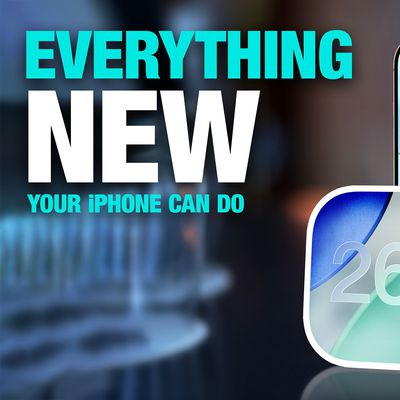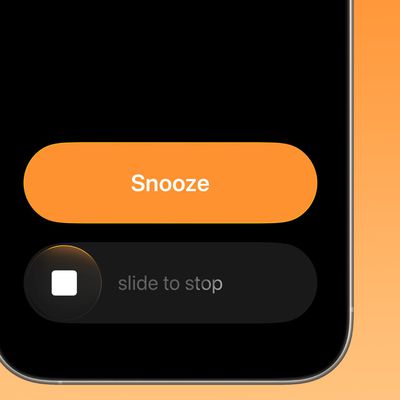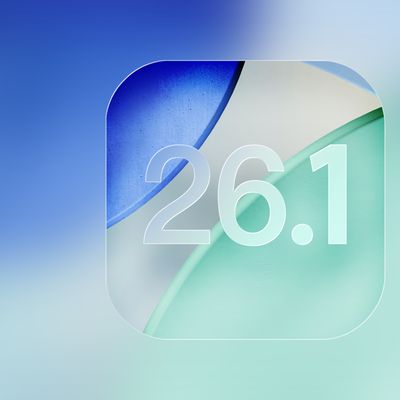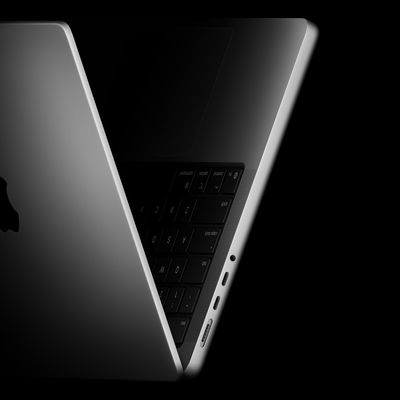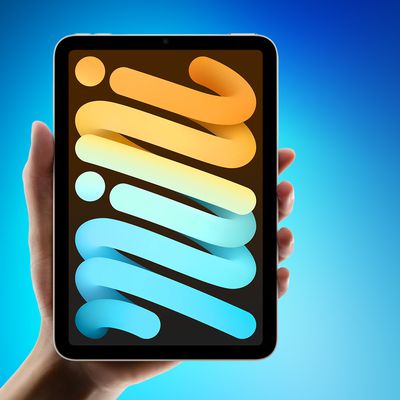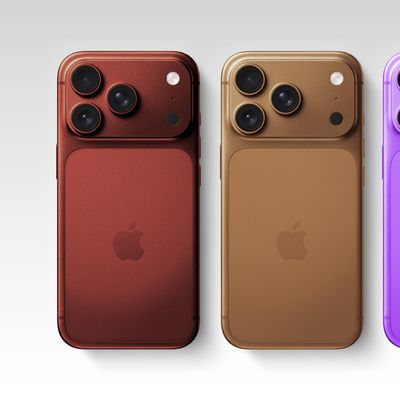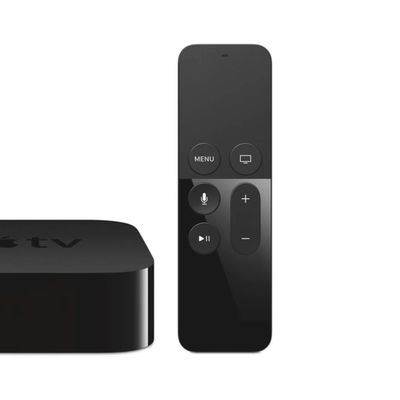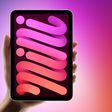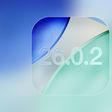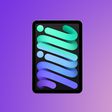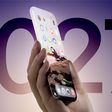Apple Explains How to Custom Calibrate the New MacBook Pro Displays
In a new support document, Apple has detailed how to measure and fine-tune the calibration of the display on the new 14-inch and 16-inch MacBook Pro models.
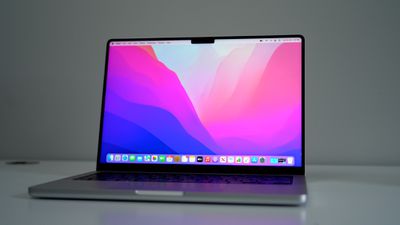
The new MacBook Pro models feature XDR displays with mini-LED backlighting and support for one billion colors, but certain workflows may require custom calibration:
Every MacBook Pro with Liquid Retina XDR display undergoes a state-of-the-art factory display calibration process on the assembly line to ensure the accuracy of the P3 wide color panel and the individual backlight LEDs. In addition, the factory calibration process enables sophisticated built-in algorithms to accurately reproduce a variety of color spaces used by media workflows today, including sRGB, BT.601, BT.709, and even P3-ST.2084 (HDR).
The factory display calibration process lets MacBook Pro users enjoy an exceptional viewing experience right out of the box. If your workflow requires custom calibration, you can measure your display, then fine-tune the calibration.
The process involves using a spectroradiometer and a set of QuickTime movie test patterns from Apple to evaluate the calibration of the display. The test patterns can be downloaded from the AVFoundation page on Apple's website under Related Resources > Color Test Patterns, with complete instructions available in Apple's support document.
In System Preferences > Displays, users can fine-tune the calibration of the MacBook Pro's display by providing the white point and luminance values measured by the spectroradiometer and the expected values for their target.
Apple's support document includes additional tips for measuring and fine-tuning the calibration.
Popular Stories
Apple is about to drop iOS 26.1, the first major point release since iOS 26 was rolled out in September, and there are at least six notable changes and improvements to look forward to. We've rounded them up below.
Apple has already provided developers and public beta testers with the release candidate version of iOS 26.1, which means Apple will likely roll out the update to all compatible...
The upcoming iOS 26.1 update includes a small but helpful change for iPhones, and it could prevent you from running late to something important.
Specifically, when an alarm goes off in the Clock app, there is a new "slide to stop" control on the screen for turning off the alarm. On previous iOS 26 versions, there is simply a large "stop" button, which could be accidentally tapped.
The new ...
The upcoming iOS 26.1 update includes a handful of new features and changes for iPhones, including a toggle for changing the appearance of the Liquid Glass design, "slide to stop" for alarms in the Clock app, and more.
Below, we outline key details about iOS 26.1.
Release Date
Given that Apple has yet to seed an iOS 26.1 Release Candidate, which is typically the final beta version, the...
Apple has just given a strong indication that it will not be releasing any additional new Macs for the remainder of the year.
Apple's CFO Kevan Parekh dropped the hint during the company's earnings call on Thursday:On Mac, keep in mind, we expect to face a very difficult compare against the M4 MacBook Pro, Mac mini, and iMac launches in the year-ago quarter.Parekh essentially gave a heads up ...
Apple's iPhone development roadmap runs several years into the future and the company is continually working with suppliers on several successive iPhone models at the same time, which is why we often get rumored features months ahead of launch. The iPhone 18 series is no different, and we already have a good idea of what to expect for the iPhone 18 Pro and iPhone 18 Pro Max.
One thing worth...
Apple is designing an updated version of the Apple TV 4K, and rumors suggest that it could come out sometime in the next couple of months. We're not expecting a major overhaul with design changes, but even a simple chip upgrade will bring major improvements to Apple's set-top box.
Subscribe to the MacRumors YouTube channel for more videos.
We've rounded up all the latest Apple TV rumors.
...
Rumors are stoking excitement for the next-generation iPad mini that Apple is reportedly close to launching. So what should we expect from the successor to the iPad mini 7 that Apple released over a year ago? Read on to find out.
Processor and Performance
Apple is working on a next-generation version of the iPad mini (codename J510/J511) that features the A19 Pro chip, according to...
Apple's iPhone 18 Pro models could be available in new rich and warm color option, according to a known leaker.
The Weibo user known as "Instant Digital" today suggested that next-year's iPhone 18 Pro models will be available in at least one of the following color options: Coffee, purple, and burgundy.
The iPhone XR, iPhone 11, iPhone 12, iPhone 14, and iPhone 14 Pro were all available in ...
Apple launched the Apple TV HD, the Siri Remote, tvOS, and their accompanying App Store a decade ago today, marking a major overhaul of the device.
The new vision for the Apple TV was unveiled on September 9, 2015 during Apple's "Hey Siri" event in San Francisco, where CEO Tim Cook introduced the device with the statement, "The future of TV is apps." The announcement represented a major...



